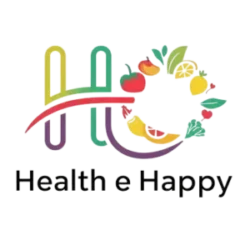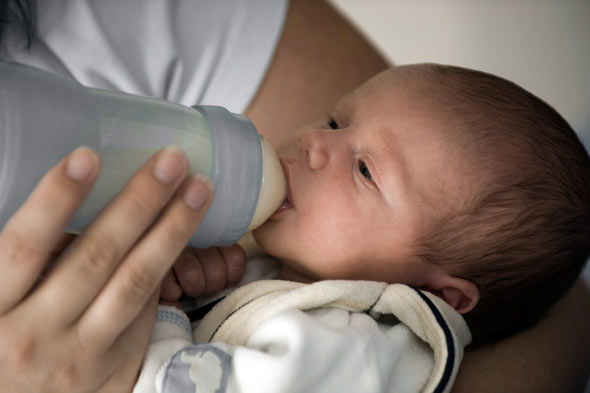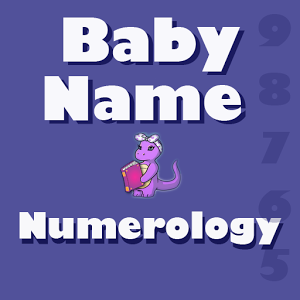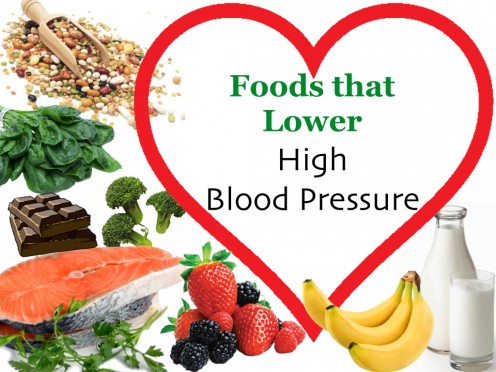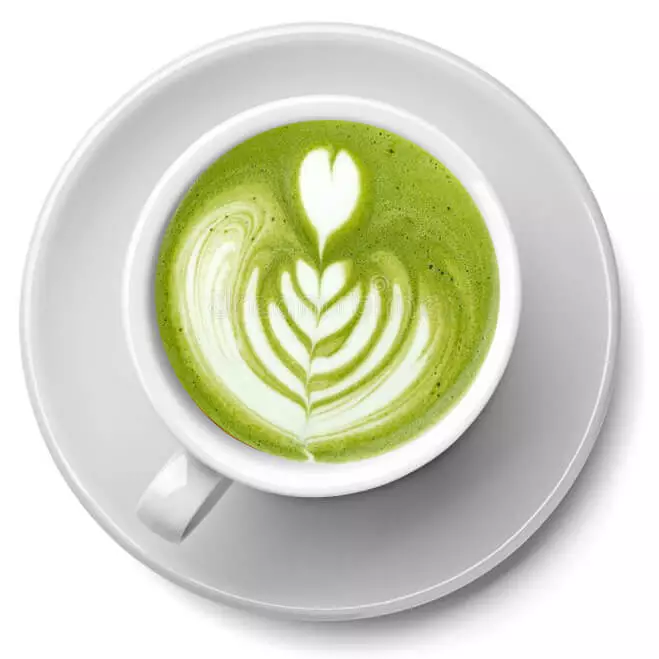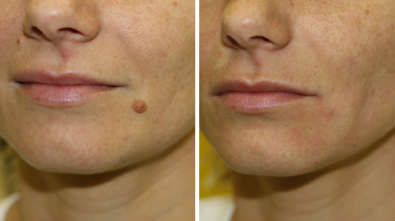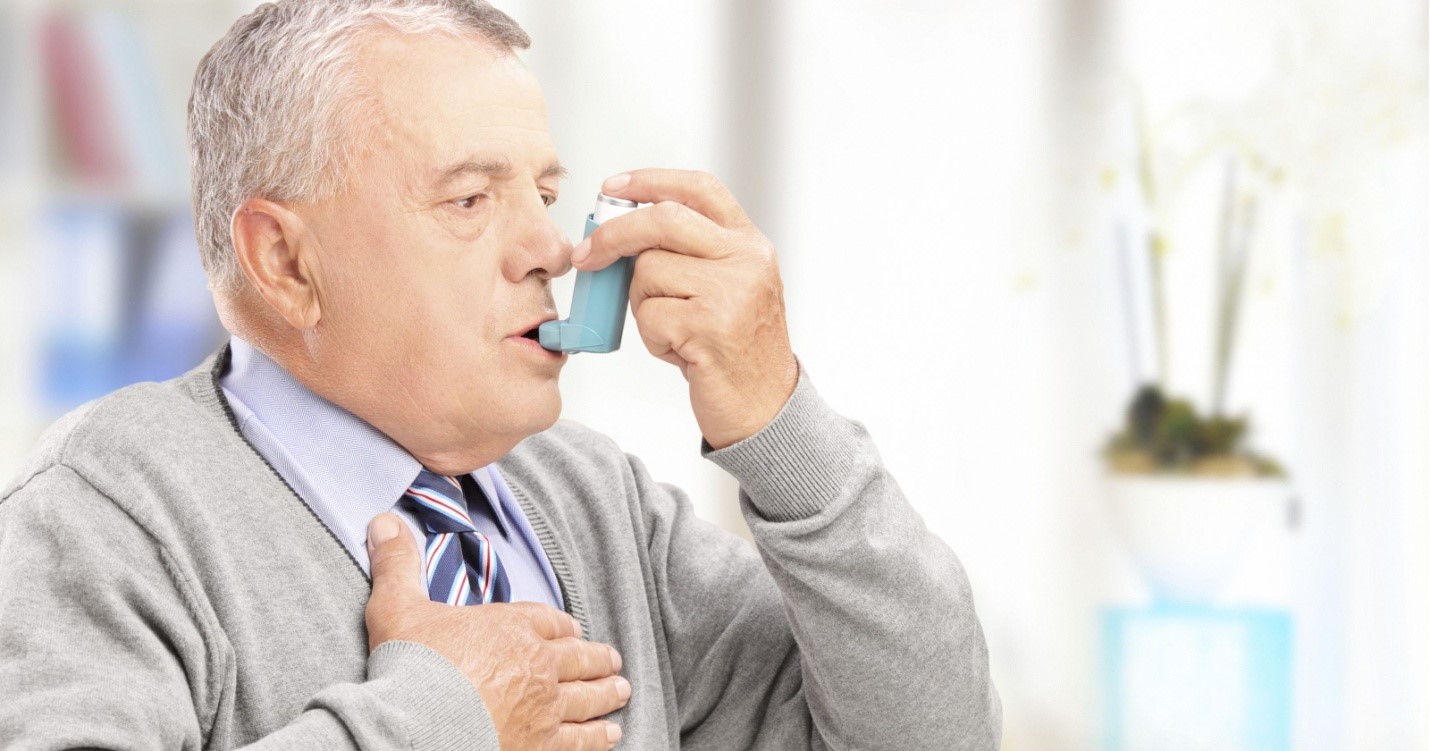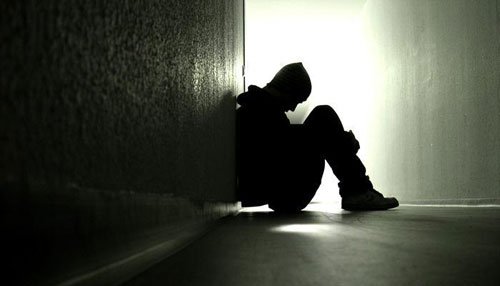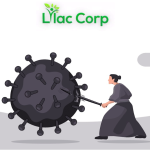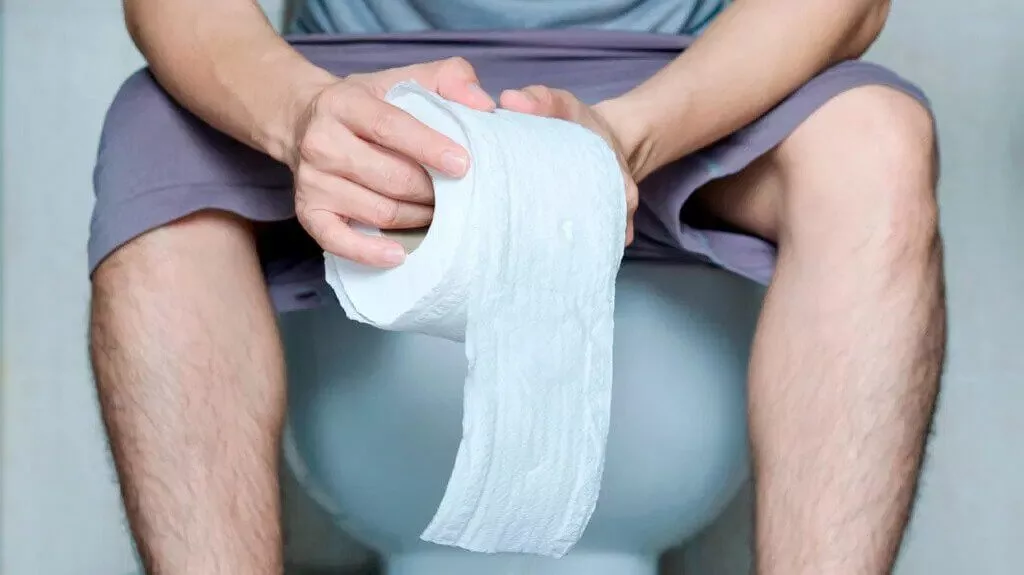Baby bottle feeding tips are the same as those for breastfeeding: being relaxed, well-placed, feeding baby in a quiet place, talking or singing a song to the baby, among other things.

What milk to give to your baby?
Newborn milks, still called infant milks, are intended for infants up to six months. However, during this period, the child should be exclusively breastfed, which ensures the formation of the baby’s immune system. The use of industrial milk at this age is contraindicated. On the other hand, there are particular infant formulas for some babies with digestive problems or allergies, which may be recommended by the doctor.
Second-generation milks ensure the growth of the baby between the 6th month and one year of age. They are enriched with calcium, iron, linoleic acid and vitamins. They are given from the time the baby is able to make a complete daily meal without milk, more or less close to the 7th month. It is recommended to give 500 milliliters per day, at least up to one year old. Growth milk is given from 1 year to around 3 years of age. This milk is enriched with iron and important fatty acids.
Importance of vitamin K in baby feeding
If the babies are fed infant milk after birth, it will be necessary to give the child two vitamin K doses throughout the early days. In fact, infant milk is rich enough in vitamin K. Vitamin D can be added according to a medical recommendation.
How to prepare a bottle
Wash your hands well before preparing the bottle, only then put the water to warm. It is advisable to use pre-boiled mineral water. Bottles should be stored in a cool environment and used within 48 hours after opening. Fill the bottle with the suggested amount of water and add the powdered milk to the corresponding number of leveled and uncompressed measures. Only use the measure contained in the package and complete it without compacting or leveling with a spoon, for example.
Put 30 ml water to make a measure of milk. Ensure that the ideal bottle temperature is between 35 ° C and 37 ° C, by placing a few drops on the back of the hand. Mix everything together and recheck if the temperature isn’t so much hot. Don’t add sugar. A bottle cannot be prepared beforehand, just before it is consumed. Throw away the leftovers from the bottle that the baby will not consume.
Sterilization of the baby bottles
Several doctors advise the use of the bottle for a maximum period of four months. Bottles may not be sterilized before being carefully washed and primed. Do not use the microwave oven due to the risk of burns. Do not squeeze the tip of the pacifier to avoid the risk of holding the air inside the bottle and force the baby sucking hard. It is mandatory to wash your hands, do not touch anything that can come into contact with your mouth and do not touch the pacifier with your fingers. Use only bottle sterilizer and warmer device to sterilize baby bottles.
Bottles should never be prepared in advance. An open bottle of milk can be stored for up to one day in the cool place and every unused bottle within one hour after preparation or 30 minutes, if heated – should be discarded. Not all babies drink the same amount of milk; some need smaller quantities than others. There is no need to force consumption. Thoroughly wash baby bottles, pacifiers and lids after the meal and remove milk residue, which can become a breeding ground for microbes. Use hot water and liquid detergent and rinse well. For further guidance and tips, visit https://CheckPregnancy.com.

Karen is a health blog author who has been writing about healthy living since 2013. She started her journey by adopting a vegan diet and eating only organic foods, but the more she learned, the more she realized that we should all be eating plant-based diets exclusively. As an expert in nutrition and wellness, Karen blogs to educate readers on how they can live happier and healthier lives through food choices!
